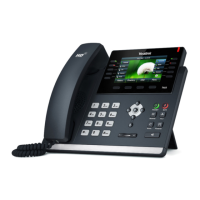
Do you have a question about the Yealink SIP-T46 and is the answer not in the manual?
| Bluetooth | Yes, via USB dongle |
|---|---|
| Wi-Fi | Yes, via USB dongle |
| Local Phonebook | Up to 1000 entries |
| Wall Mountable | Yes |
| Display | 4.3" 480 x 272-pixel color display with backlight |
| Audio Codecs | G.722, G.711(A/μ), G.726, iLBC |
| Network Interface | Dual-port Gigabit Ethernet |
| Power Supply | IEEE 802.3af PoE |
| USB Ports | USB 2.0 |
| Headset Port | 3.5mm headset port |
| Line Keys | line keys with LED |
| SIP Accounts | Up to 16 |
Access Status, Features, Message, History, Directory, and settings via arrow keys and Enter softkey.
Displays call status, active/held call indicators, and call icons on the screen.
Shows phone line status, monitored lines, time, date, and softkeys on the idle screen.
End calls using the End Call softkey or by hanging up the handset.
End calls via End Call softkey or the speakerphone button.
End calls by pressing the End Call softkey.
Initiate call hold using the Hold softkey during an active call.
Resume a held call using the Resume softkey, selecting if multiple calls are on hold.
Park a live call using the Park softkey and note the extension.
Retrieve a parked call by dialing the assigned extension number.
Transfer calls by placing them on hold, connecting to a second party, and completing the transfer.
Transfer calls directly without speaking to the recipient first.
Transfer calls after hearing the confirming ring from the recipient.
Redirect live calls to voicemail by using the xfrVM softkey and extension.
Configure call forwarding rules via the Virtual Office desktop app for online storage.
Set up call forwarding directly on the phone for unconditional, busy, or no-answer scenarios.
Initiate a conference call by adding a second party and merging calls.
Control conference calls by holding, splitting, muting, or removing participants.
Create a conference bridge by following IVR prompts and noting the conference ID.
Access a conference bridge by entering the conference ID via IVR.
Scroll through call history, call entries, delete, or add contacts/blacklist.
Navigate to the contact directory via the Dir softkey and select contact groups.
Add new contacts by entering information and saving changes.
Modify existing contact details by accessing the Option menu and selecting Detail.
Remove contacts from the directory via the Option menu and confirming deletion.
Listen to new voice messages indicated by an idle screen notification.
Set up speed dial by long-pressing a line key and selecting a contact.
Assign speed dial entries by adding contacts and specifying a favorite index.
Listen to an agent's call by dialing a specific code before lifting the handset.
Communicate privately with an agent during a monitored call.
Join an active call with an agent to participate in the conversation.
Directly join a call in a 3-way conference without prior monitoring.
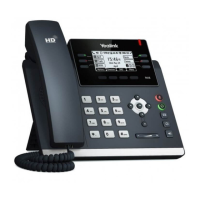
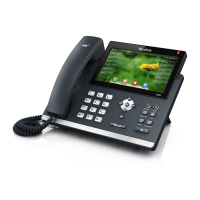
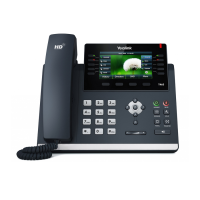
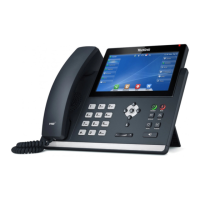
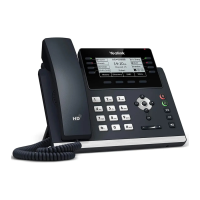
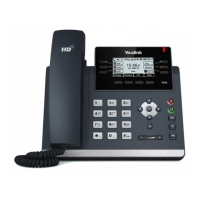
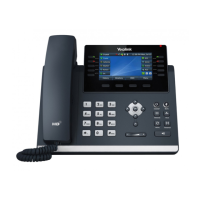
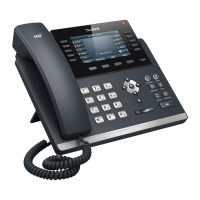
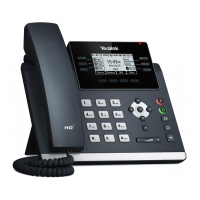
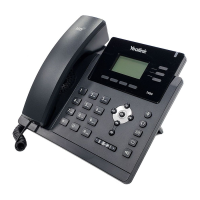
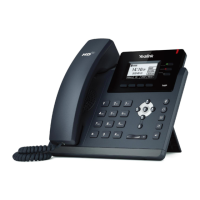

